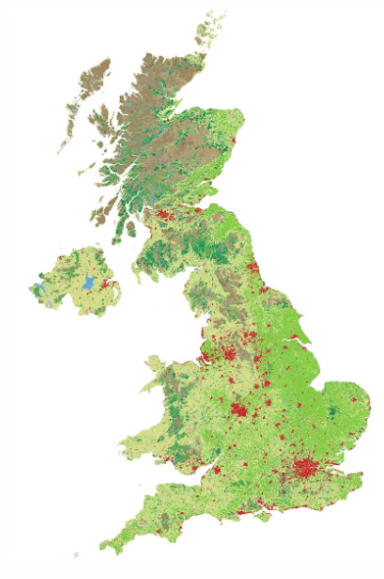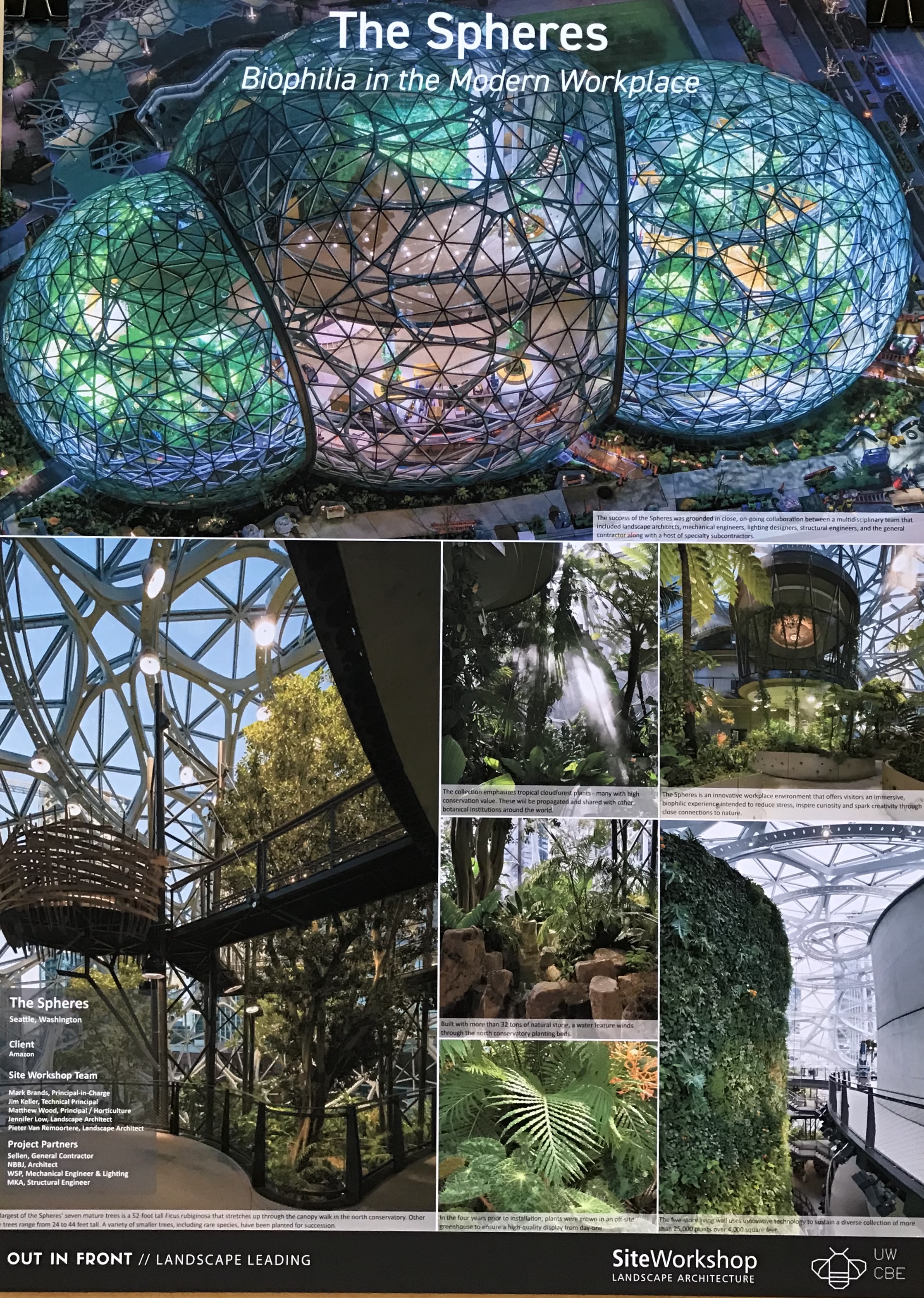Lavoy Finicum participated in an armed occupation of the Malheur National Wildlife Refuge near Burns, OR, that took place during January and February of 2016. Mr. Finicum was shot to death on January 26, 2016, when he tried to drive past a roadblock on U.S Highway 395 and crashed into a snowbank. Upon exiting the vehicle, law enforcement officers said Finicum appeared to be reaching for a weapon and shot him. The officers found a 9-millimeter pistol in his pocket.
As reported in an article by Sean Hart posted on January 29, 2018, by the Blue Mountain Eagle, a newspaper based in John Day, OR, the family of Lavoy Finicum has filed a wrongful death lawsuit against the U.S. Government, the State of Oregon and local governments. The complaint claims Mr. Finicum was shot "assassination style'' by the Oregon State Police and/or FBI as he was trying to drive "across the county border'' to seek the protection of Grant County Sheriff Glenn Palmer on Jan. 26, 2016. And, oddly, as reported in Mr. Hart's article, " . . . The suit compares Finicum’s shooting in Harney County to a defector who was shot by North Korean officials in November as he crossed the demilitarized zone into South Korea, stating '... in the American psyche, the idea of being shot in the back by your own government for trying to cross a border — is unthinkable'.”
The lawsuit identifies Mr. Finicum’s widow, Jeanette, their 12 children and the estate of LaVoy Finicum as plaintiffs and seeks at least $5 million for each from a collection of defendants: the United States of America, FBI, Bureau of Land Management (BLM), BLM employee Daniel Love, BLM law enforcement director Salvatore Lauro, former Nevada Sen. Harry Reid, FBI Special Agent in Charge of the refuge occupation Greg Bretzing, FBI agent Joseph Astarita, the state of Oregon, Oregon State Police, Oregon Gov. Kate Brown, Oregon Sen. Ron Wyden, Harney County, Harney County Sheriff David Ward, former Harney County Judge Steve Grasty, the Center for Biological Diversity and “John Does 1-100” — described as other unknown federal and state employees — according to the complaint.
































